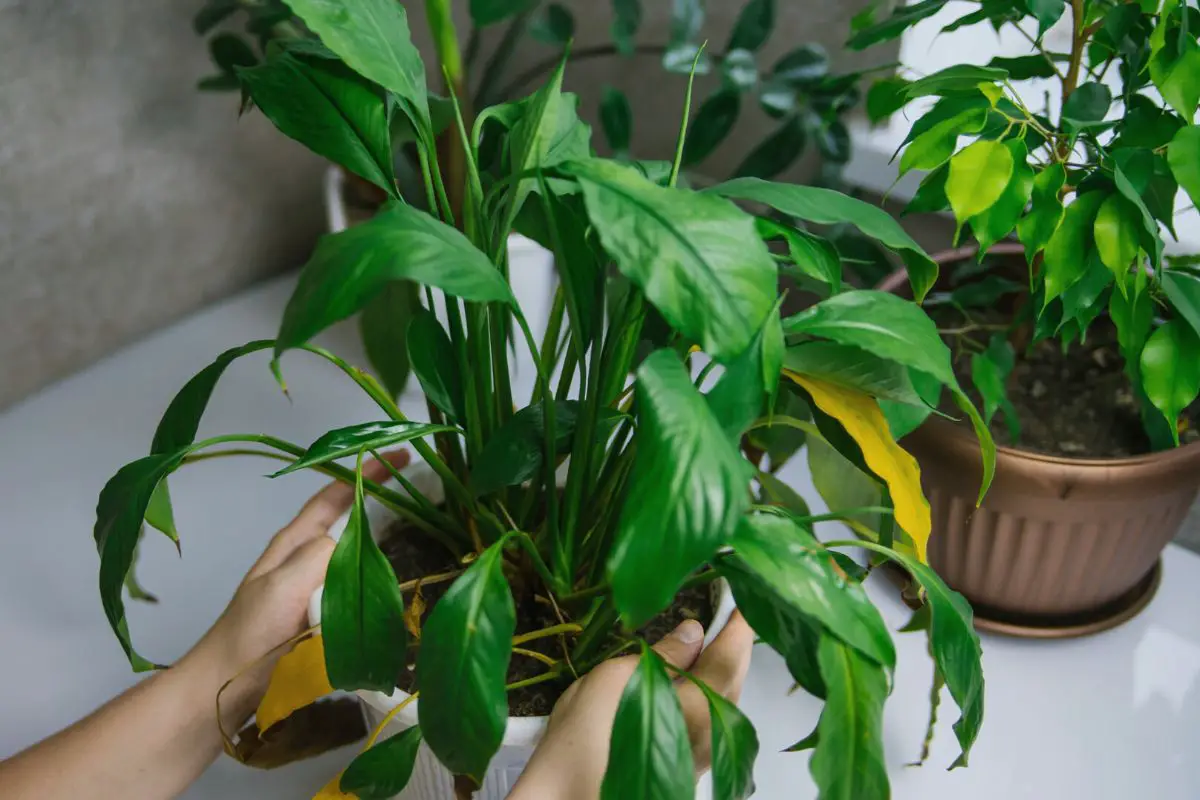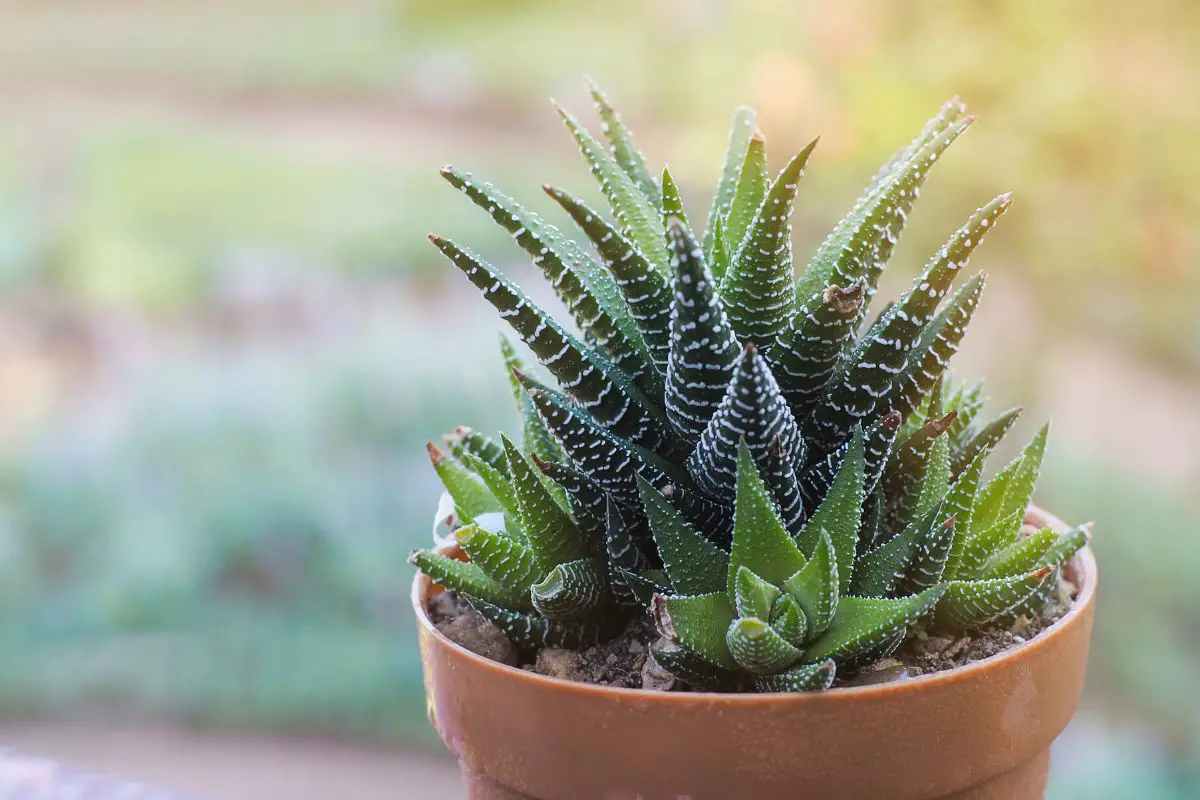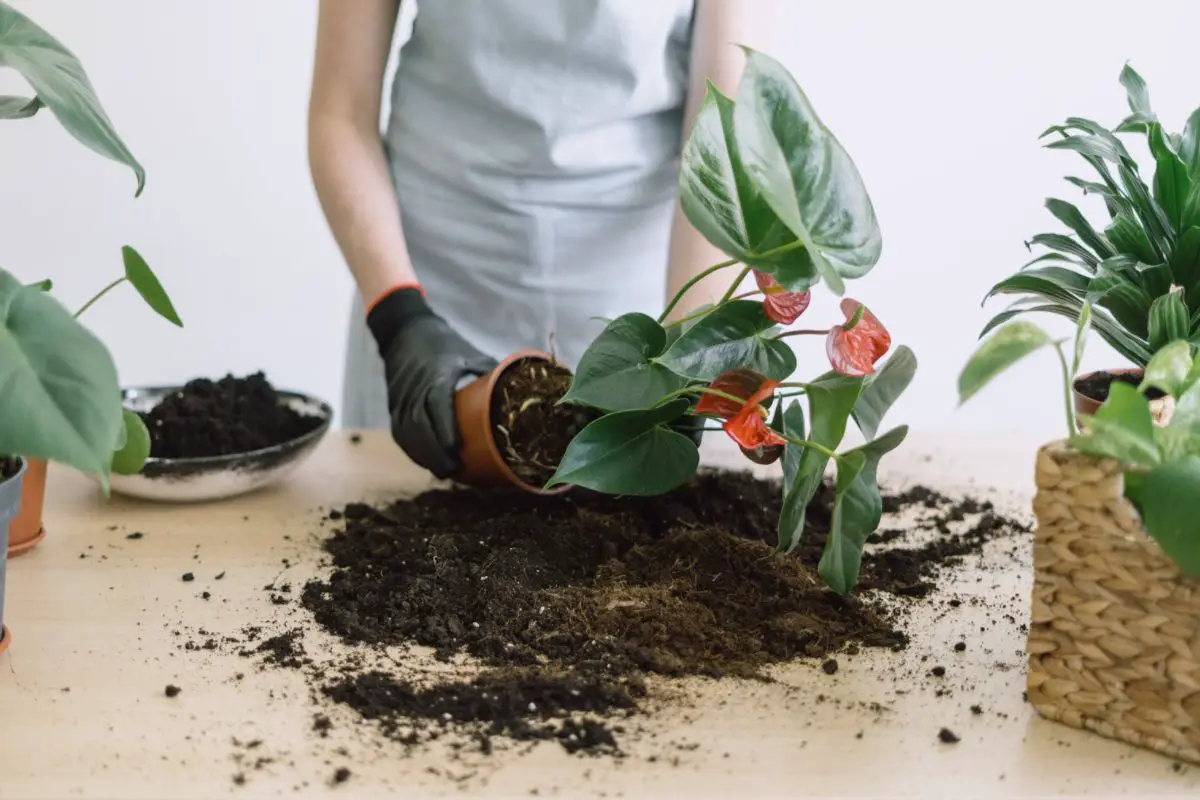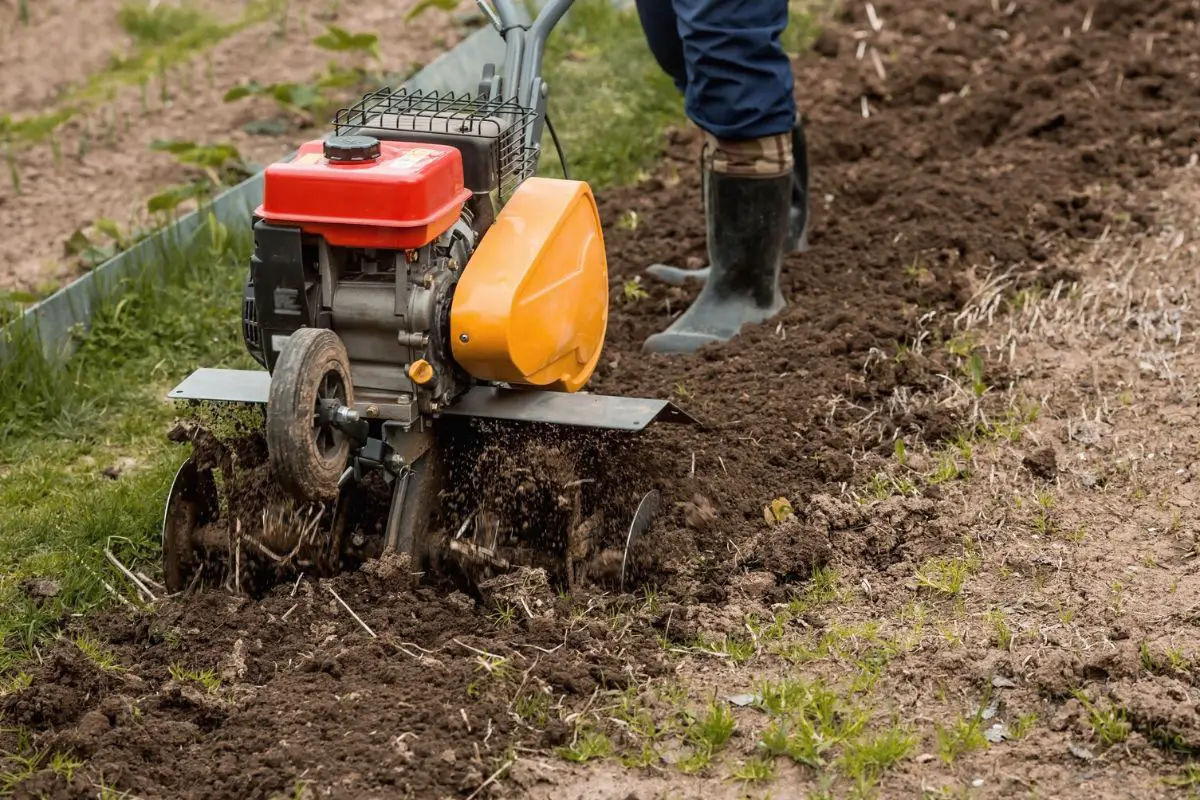So many people enjoy gardening because there’s something satisfying about taking care of your plants, arranging them in an aesthetically pleasing layout, and watching them grow into something exquisite. I can promise that the benefits of gardening outweigh the stress you might experience during the process. Of course, knowing the suitable materials for planters can be a game-changer if you keep plants.
You should not put styrofoam at the bottom of your planter because it doesn’t do much to improve drainage. Moreover, it can be dangerous to your plants, especially if you use pots without drainage holes and aren’t breathable.
Unlike soil, styrofoam doesn’t retain moisture, which can be both a benefit and a problem. Although it won’t get soggy or moldy, it can also severely impact the roots of healthy plants by interfering with their growth. In the rest of this article, I’ll explain in detail the effects styrofoam can have on your plants and highlight alternative materials you can put in your planter.

Effects of Adding Styrofoam as a Bottom Layer
The bottom of a planter is a part of the planter that you can’t neglect if you want to keep beautiful plants. It serves as a crucial reservoir for water, nutrients, and air. So the soil isn’t just there to hold these things in place. It’s also a food source for your plants.
However, the optimum soil type and mix can vary from plant to plant because a plant’s growth depends on several environmental factors. The factors include the soil conditions the plants are accustomed to growing and how much room they have to grow.
Improving Soil Drainage: A Myth
It’s a common and valid concern for gardeners when the soil gets too soggy because it can pose serious problems, such as root rot. This problem is especially severe for plants that prefer low soil moisture content.
Also, the weight of the soil can flatten out and compress plant roots, affecting drainage, plant health, and root development, as well as resulting in other plant-related problems. That’s why it’s typical that many gardeners might look to materials like styrofoam to control soil moisture content and improve drainage.
The idea is that putting styrofoam at the bottom of the planter will improve drainage. However, as plant roots grow deep into the styrofoam layer at the bottom, this nutrient-scarce and overly wet layer can actually cause severe damage to the plant.

Reducing Soil Volume
Loamy soil is the most fertile type of soil you can use for your garden or potted plants. It’s especially heavy soil because it combines sand, clay, and silt particles. Therefore, you’ll need a lot of soil if you’re using a large planter, increasing its overall weight as well as costs.
While regular plywood is a great alternative to reduce the space in a large pot, gardeners sometimes use styrofoam because it doesn’t absorb moisture from the air. This lack of absorbency is because the material contains tiny air bubbles that allow the air to circulate easily and quickly.
Regulating Soil Temperature
Styrofoam is a superb insulator that many gardeners believe can protect plants against cold weather conditions like frost heaves and snowflakes. So, if you’re keeping a plant in an area where temperatures can get very cold or hot (like your garage or basement), it can be tempting to use styrofoam to help control the soil temperature.
Pros and Cons
Putting styrofoam in the bottom of your planter may seem like a good idea, but it’s usually not worth the risk. You must consider both the benefits and downsides of using styrofoam and how healthy you want your plants to be before you make any potting decision.
Now let’s see how much of an impact styrofoams can make on the growth of your plants.
Pros
- It can reduce the amount of soil needed to fill a planter, making it suitable for shallow-rooted plants.
- It can regulate the soil temperature during extreme weather.
Cons
- The material can attract common house and plant pests.
- It is toxic and non-biodegradable.
Although adding styrofoam to the bottom of the planter has its merits, the downsides far outweigh the benefits. I’ll discuss the downsides in more detail below:
It Can Attract Plant Pests
Styrofoam is ubiquitous, but it’s been known to attract common pests like rodents, termites, and ants. These pests don’t eat the styrofoam but tunnel into the material and make nests. These tunnels can lower the insulation properties of the foam and seriously harm your plant’s health.
Pests usually affect plants in many ways but can cause irreparable damage like growth stuntedness and root rot. As you’d expect, the affected plants typically don’t reach full maturity and might lack vegetative parts like flowers.
Pest infestation in potted plants can also lead to health issues if you’re growing edible plants. And unfortunately, it might be pretty challenging to remove the pests from your planter.
It Is Toxic and Non-Biodegradable
Styrofoam is made from polystyrene, a petroleum-based plastic widely used in everyday products like utensils, plates, and cups until it was banned in the United States in 2020. Governments made many policies in different parts of the world to stop their usage, and the ban became necessary despite the ability to recycle these materials.

You might wonder that since the petrochemicals in styrofoam make it very durable, there should have been no need to ban the material. However, several studies have shown that they contain carcinogens that pose health risks when inhaled or consumed directly by humans or animals.
But that’s not all.
Styrofoam’s lightweight structure means it’s easily blown by the wind or washed away by rain into water sources. And since styrofoam isn’t biodegradable, it can leach into the soil and pollute groundwater supplies.
Its brittleness can also be problematic. The material can break into small pieces that are easy for animals to eat, seriously harming them in the process.
Better Alternatives
Styrofoam can be a useful material to use during gardening, but it’s not indispensable. If you’re looking for a way to add a material that would aid the growth of your plant in your planter box, consider using a more environmentally friendly and significantly more effective option.
Many other materials are better suited for this purpose and won’t cause problems for the plants or animals around them. But regardless of the material, it’s best to mix it evenly into the soil instead of creating layers with different coarseness.
Here are a few alternatives to styrofoam you can use for your planters:
- Perlite
- Vermiculite
- Rice Hulls
Let’s explore what they are and how they’re better than styrofoam for planters.
Perlite
Perlite is a natural product of volcanic soil and is, therefore, very porous. It contains beneficial elements for plants and serves as an excellent soil additive. It’s common to confuse perlite with styrofoam since they both share the same bubble-like appearance.
But unlike styrofoam, perlite doesn’t contain any toxic chemicals or additives. It’s also an excellent option for perennials, seedlings, and small plants that prefer less soil moisture.
Perlite doesn’t compact and keeps the soil airy, making it easier for the root systems of vegetables and flowers to spread and for their seeds to germinate.
The light color of perlite also helps prevent elevated soil temperatures. The material is available in many grades and specifications, but most types work well with all plants.
I recommend mixing 2 to 3 inches (5 to 7.6 centimeters) of perlite evenly into 5-7 inches (12.7-17.8 cm) of soil. This is usually enough to fill an 8-12-inch (20-30 cm) planter with a potting mix with excellent drainage.

Perlite helps plants grow and stay healthy in their containers by providing much-needed drainage and aeration.
However, it’s worth noting that perlite doesn’t contain any nutrients and doesn’t affect soil pH. If you’re looking for soil amendment that can improve the soil texture as well as supplement nutrients or contribute to pH control, you use a different material.
Alternatively, go for nutrient-enriched commercial brands like the Miracle-Gro Perlite (available on Amazon.com). It’s fortified with all the essential nutrients for your plants to thrive and improves aeration and drainage.
Vermiculite
I’ve heard several people argue that vermiculite and perlite are the same material. However, they differ in their ability to retain moisture as well as in many other ways. Vermiculite is a mineral composed of feldspars and mica with minor amounts of silica, and its composition makes it lighter than perlite.
However, vermiculite still provides great soil drainage while retaining water much better than perlite.

Vermiculite improves drainage by adding air pockets into the potting mix and allowing excess moisture from watering plants to escape quickly without weighing down their root systems. It’s also effective at binding soil particles together to ensure they don’t fall apart when you add them to your potting mix.
I don’t recommend using vermiculite alone. Instead, blend it in equal parts with potting mix ingredients like soil, compost, and peat moss. Vermiculite also holds more water so you’ll need to water your mix slowly but deeply.
Rice Hulls
Rice hulls are a byproduct of the rice milling process. They are formed from the outermost parts of each kernel, created when the bran and germ separate during germination. These hulls are an excellent addition to your gardening plans compared to styrofoam because they are less expensive and simpler to locate.

The organic hulls are used as a natural soil amendment and in mulch for gardens, owing to their high moisture content (about 90%). Rice hulls’ ability to retain moisture without compacting or drying out too quickly makes them a better option for planters. Rice hulls easily drain water from the soil because they are porous.
The material’s also light and non-reactive, which means you don’t have to worry about them damaging your plants or polluting the soil with unwanted chemicals.
Of course, they also provide additional nutrients to your garden because they hold moisture well enough to be used as an organic fertilizer. But ensure that the humidity in your air doesn’t get too high or low, as this can cause them to dry out.
Mixing it evenly with your potting mix allows for even moisture distribution and prevents the soil from drying out too quickly or becoming oversaturated.
Final Thoughts
Caring for your plants can be hard work, but you’ll enjoy the benefits if you do it right. The goal is for your soil not to drain so poorly that it causes root rot or so quickly that soil nutrients will leach out of your plants and into the drainage hole at an alarming rate, causing root-and-shoot problems.
The best way to prevent these problems is by using a well-draining soil mix that is safe for the plant and the environment.







